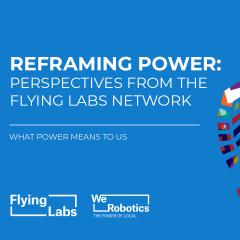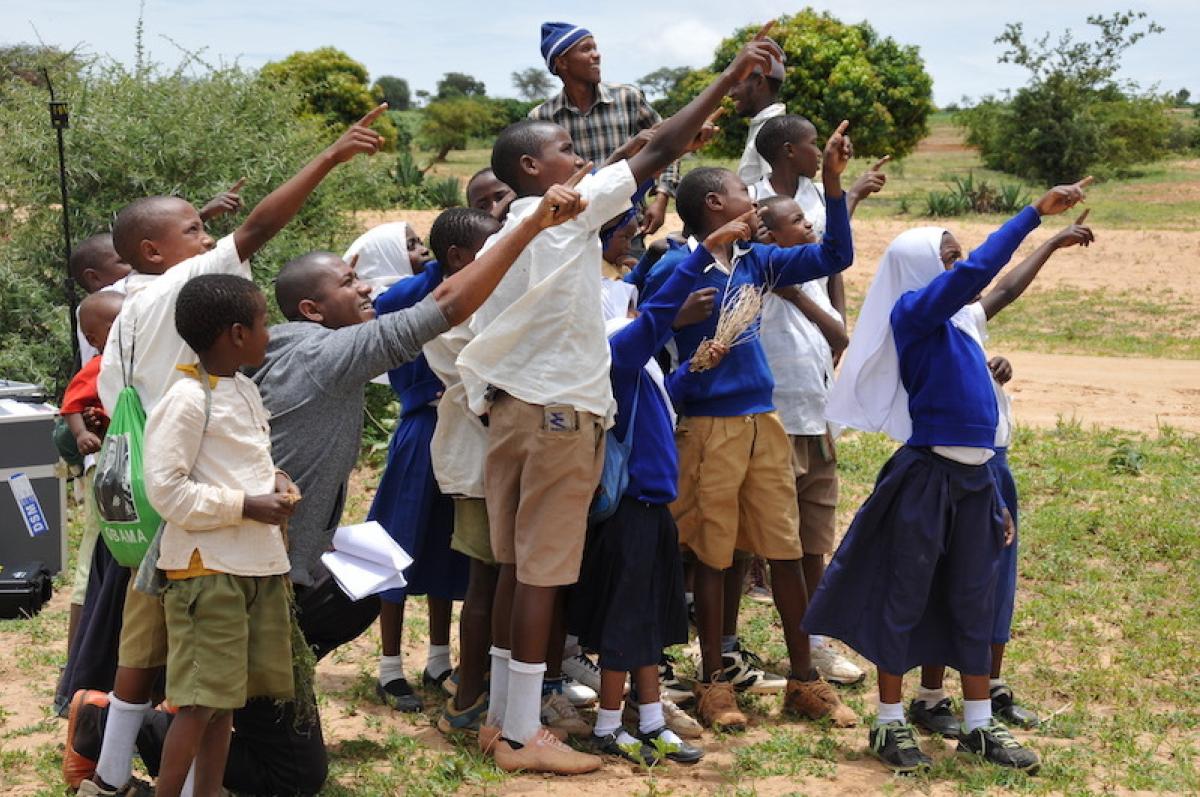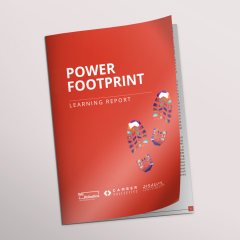
New Online Training! Introduction to Youth Training With Aerial Drones and Terrestrial Robots
November 10th, 2020

Youth and STEM programs have always been dear to the Flying Labs network. Individual Flying Labs have been creatively engaging with youths in their local communities for more than two years. These engagements have been through summer camps, after-school programs, or day-long events where children get a chance to learn about drones, participate in hands-on training and build on skills such as teamwork, presentation, and communication.

The idea behind such programs is not limited to just having a fun experience flying drones. These programs help build confidence and self-esteem among youth. They also provide youth opportunities to solve meaningful problems within their communities through logical thinking and new technologies. These programs serve to prepare today's youth to become tomorrow’s experts and correct the gender imbalance by creating new STEM opportunities for girls, particularly in disadvantaged communities.
This year, youth activities have taken center stage at WeRobotics following the introduction of YouthRobotics as the organization’s fifth core program. The program launched in response to the increasing demand from Flying Labs for more instructor training and for more technical support for youth activities they are running or wish to run. Our new, fully peer-reviewed online course also responds to this increasing demand for training trainers.
The course brings together more than two years of lessons learned and best practices from no fewer than nine individual Flying Labs in Africa, Asia, and Latin America. All the insights documented in the online course are based on their first-hand experience. The online training was developed by Amrita Lal, who leads the YouthRobotics Program at WeRobotics, and who herself has designed and spearheaded several drone training sessions for youth in the South Pacific, where she also supported multiple youth-led projects. The course also draws on her first-hand experience.
The purpose of this course is to:
- Introduce you to two different types of robotics platforms: aerial and terrestrial
- Help you understand the types of scenarios they fit best in;
- Enable you to make the right decision as to which platform (or which combination) is the right one for you and your team;
- Walk you through multiple program designs to help you run your next youth program with ease; and
- Provide you with guides, lesson plans, checklists, and policies to help you conduct your program in a fun and safe manner.
This video will give you a good overview of what you can expect from this course.
We warmly welcome you to join this new course! Feel free to share it far and wide with your peers, colleagues, or interested parties who are engaged in or would want to be a part of the process of helping future generations embrace science, technology, engineering, and mathematics.
Recent Articles

